Medinilla magnifica is an exotic tropical plant recently gaining popularity due to its interesting blooms and contrasting foliage. There are concerns, however, as to its relative toxicity. So, is the plant poisonous? Read on and find out what our research revealed regarding your question.
Medinilla magnifica is not classified as a poisonous plant and is safe around humans, cats, and dogs. However, if large quantities are consumed by pets, it could result in vomiting, nausea, and a temporary loss of appetite.
That being said, you can grow Medinilla and enjoy the unique features of the plant. The article contains everything you need to know about its characteristics, care, maintenance, and propagation. We also included a list of common house and garden plants that are poisonous and harmful.
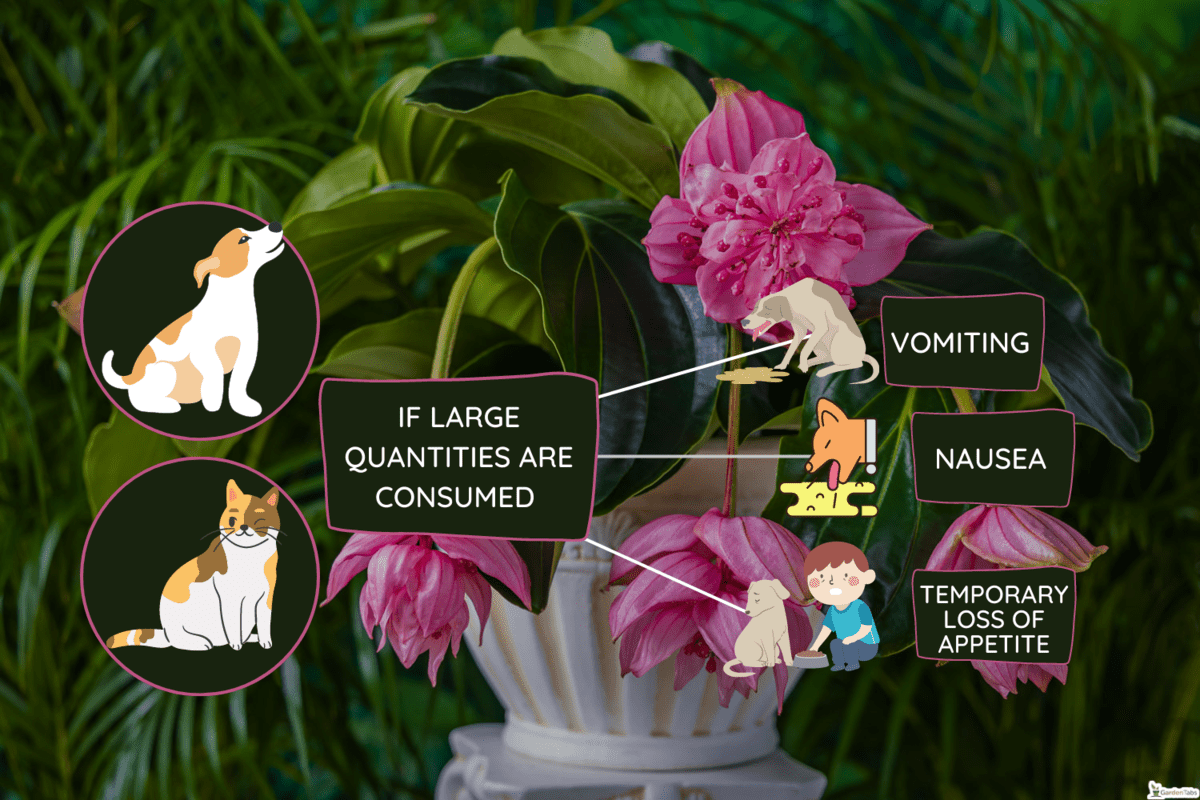
Medinilla magnifica: 'Rose Grape' Of The Southeast
Medinilla varieties originated from Asian rainforests in the Philippines, Java, and Malaysia. They grew on trunks and branches or as shrubs under the canopy of large trees.
Also referred to as rose grape, Philippine orchid, or pink lantern plant, they feature pink and coral red flowers that resemble grape clusters and tropical-looking leaves.
Medinillas are classified as epiphytes, plants that grow on tree surfaces but do not absorb nutrients from their hosts. They may be grown in containers or directly on the ground but they require specific conditions in order to thrive.
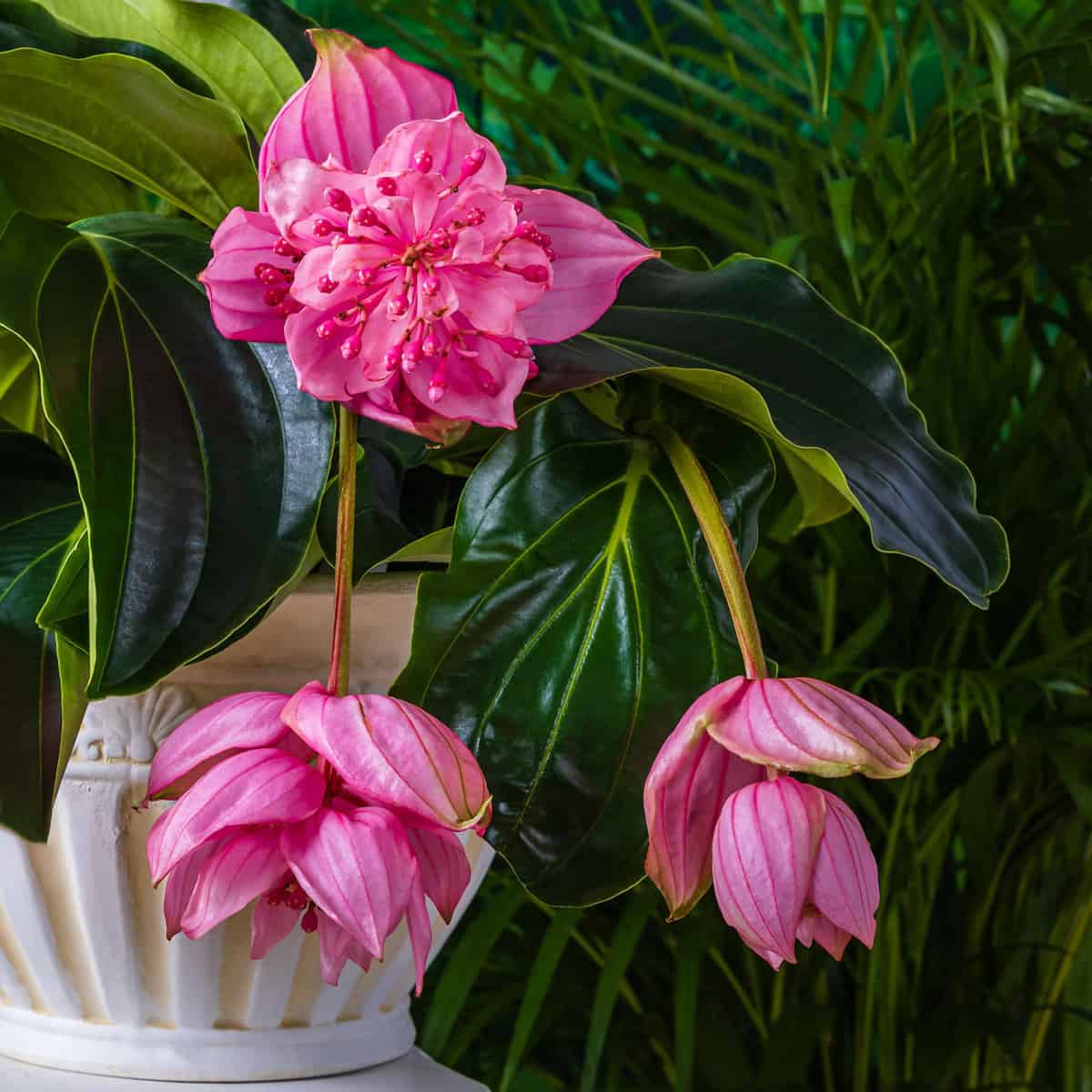
How To Plant And Care For Medinilla magnifica In Containers
An orchid pot that contains a drain, as well as side ventilation holes, is the ideal container for this plant. It would provide adequate circulation around the roots that would simulate its natural habitat.
Check out Ceramic Orchid Pot And Saucer on Amazon.
Potting Mix
The plant grows well in an orchid potting medium containing soil, chunky barks, and peat moss. The mix should not be compacted to avoid suffocating the root system. Once the young plant is in place, water it liberally but slowly to prevent soil from draining through the holes.
Check out Miracle Gro Orchid Potting Mix on Amazon.
Sunlight
Medinillas grow best in partial or dappled shade, similar to the environmental conditions of their native rainforests. Direct sunlight will burn the foliage, and the leaves might drop prematurely. If you prefer to keep them indoors, pick a window that is not exposed to too much light.
Humidity And Temperature
This tropical plant needs humid and warm environments to thrive and produce blooms. They are best grown in greenhouse conditions or in cold frames located under the canopy of trees or larger plants.
Placing them on trays with water and stones would help regulate humidity and temperature.
Fertilizer
Medinillas are relatively light feeders that do not need regular amendments. However, occasional fertilizing will help produce more blooms and increase the resistance of the plant.
Use a diluted, liquid form of foliar or complete fertilizer after watering the plant. If the potting mix is dry, the chemicals can burn the roots.
Check out Miracle-Gro Ready-To-Use Orchid Plant Food on Amazon.
Pruning And Propagation
Medinillas in containers can be pruned after flowering to stimulate new growth and keep the size manageable. You can then take the cuttings, reduce them to 2 to 3 inches in length and remove leaves on the lower portion.
Dip the tips on diluted liquid or gel rooting hormone and insert the cutting halfway into the potting mix.
Keep the soil moderately moist and keep the nursery trays away from sunlight for at least a week. You can also place them under plastic covers to regulate the temperature and promote root development.
How To Care For Directly Planted Medinilla magnifica
Medinilla magnifica thrive in the rainforest, naturally growing under the tree canopy. Since they are known to thrive on other growths, it is best that you plant them near one. Don’t worry, it is perfectly safe! As we mentioned, Medinilla does not derive nutrients from its host.
Location
If you intend to grow Medinilla outdoors, remember that it is a tropical plant and is ideally grown in USDA hardiness zones 10 and 11. If you live in regions with lower temperatures and humidity, it is advisable that you plant it in a container indoors.
Outside, choose a partially shaded area since direct light will burn the foliage. As a small shrub, you could grow the plant under a tree’s canopy or amongst other large vegetation within your garden.
Soil Composition
Medinilla prefers slightly acidic, organic, and well-draining soil. As such, you can amend the medium to its ideal growing conditions.
Dig at least a foot-deep hole and put crushed gravel or medium-sized pebbles at the base to facilitate better drainage. To replicate its natural environment, you can add coarse sand, compost, and peat moss to alter the soil composition and avoid suffocating the roots.
Hydration Needs
Hydrate your plant only when the topsoil seems dry. Medinilla prefers slightly moist soil which is not too damp. Lessen watering frequency during the cold months to prevent root decay and fungal infection.
Fertilizer Requirements
As we’ve already established, Medinillas are relatively light feeders that do not require fertilizers.
Apply an orchid fertilizer with equal amounts of phosphorus and potassium as well as small amounts of nitrogen to let the plant focus on flowering rather than leaf production. During the blooming season, lessen the dosage to prevent overfertilizing your plant.
Pests And Diseases
Medinillas grown outdoors are more susceptible to pest attacks, including mealybugs and spider mites. Use an all-around organic pesticide in diluted form to treat infestation.
High humidity and excessive moisture encourage the proliferation of various plant diseases, including powdery mildew and root decay. Since Medinillas prefer moist environments, they are prone to these diseases.
Maintain proper air circulation through regular pruning, maintaining the right amount of moisture, and removing unwanted growths that surround your plant.
Check out Neem Oil Spray on Amazon.
What Garden Plants Are Poisonous?
We have clearly ruled out the toxicity of Medinilla magnifica, but if you happen to be a plant enthusiast, there may be poisonous varieties around your home or garden. The following section includes toxic plants that could harm your family and pets.
Hydrangea
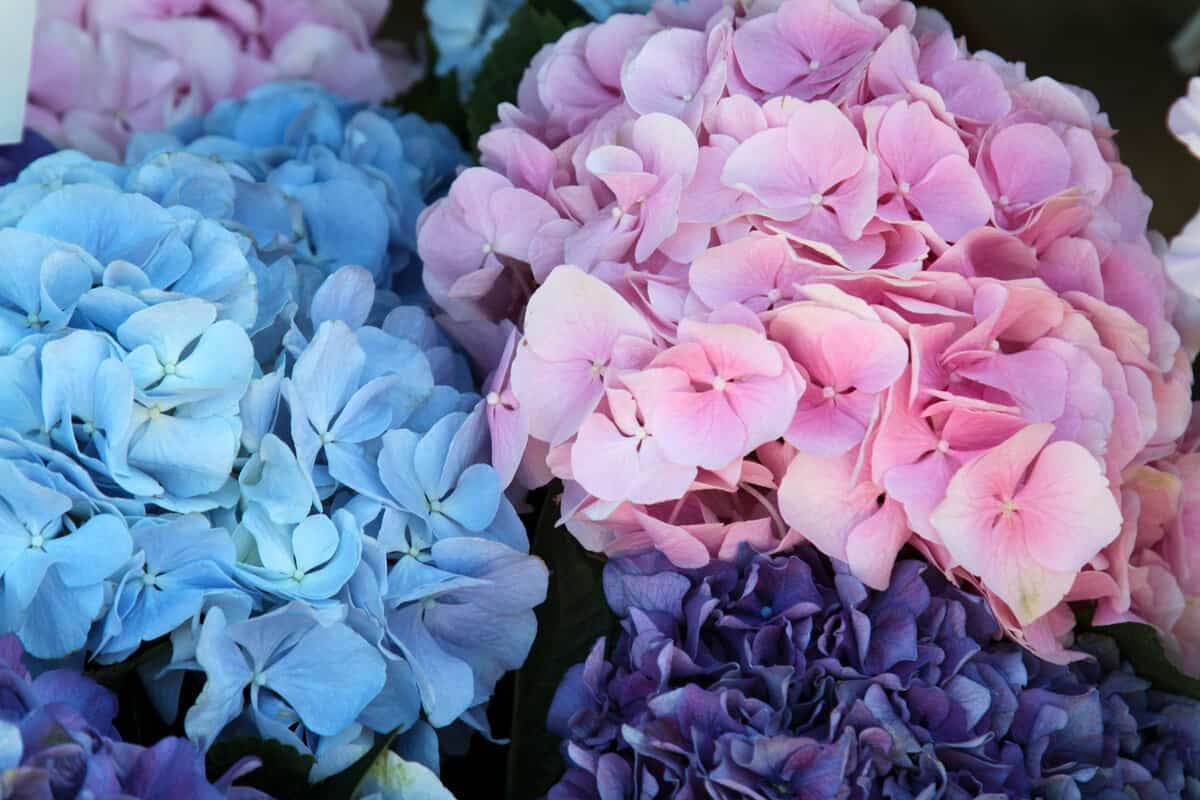
Hydrangeas are popular landscape bushes grown for dense yet attractive pink, white, red, and blue blossoms. There are several species of garden varieties found in most private yards, parks, and other public areas.
However, all parts of the plant contain small amounts of cyanide as a defense mechanism against pests and insects.
Hydrangeas are only slightly toxic for children and pets, and adults are generally unaffected. If large amounts are consumed, it could lead to vomiting, accelerated and heavy breathing, dizziness, stomach upset, and in rare cases, coma.
Oleander
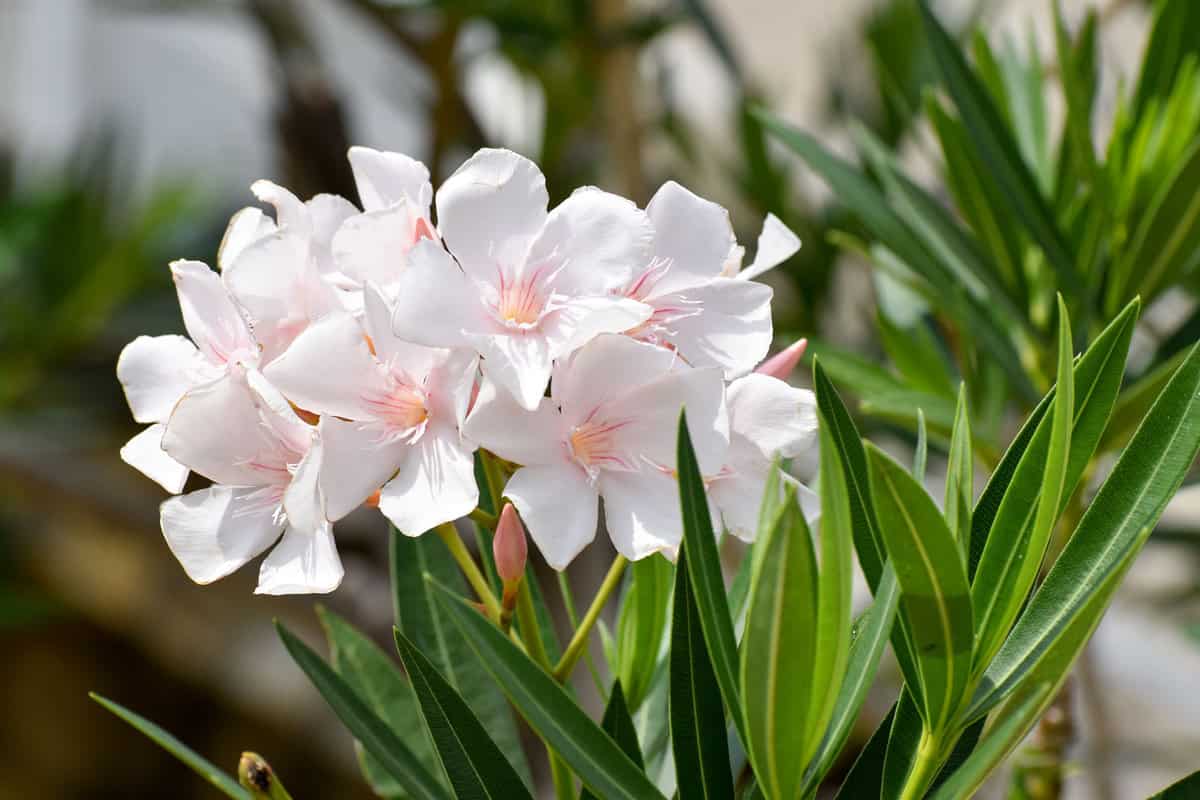
The plant is cultivated and grown as a common garden ornamental with its red, white, yellow, and pink flowers. Oleanders come in the form of evergreen trees and bushes that produce attractive, fragrant blooms.
Accidentally ingesting small amounts can lead to drowsiness, vomiting, changes in heart rate, and seizures. A few leaves are toxic enough to harm children and kill small pets.
Daffodil
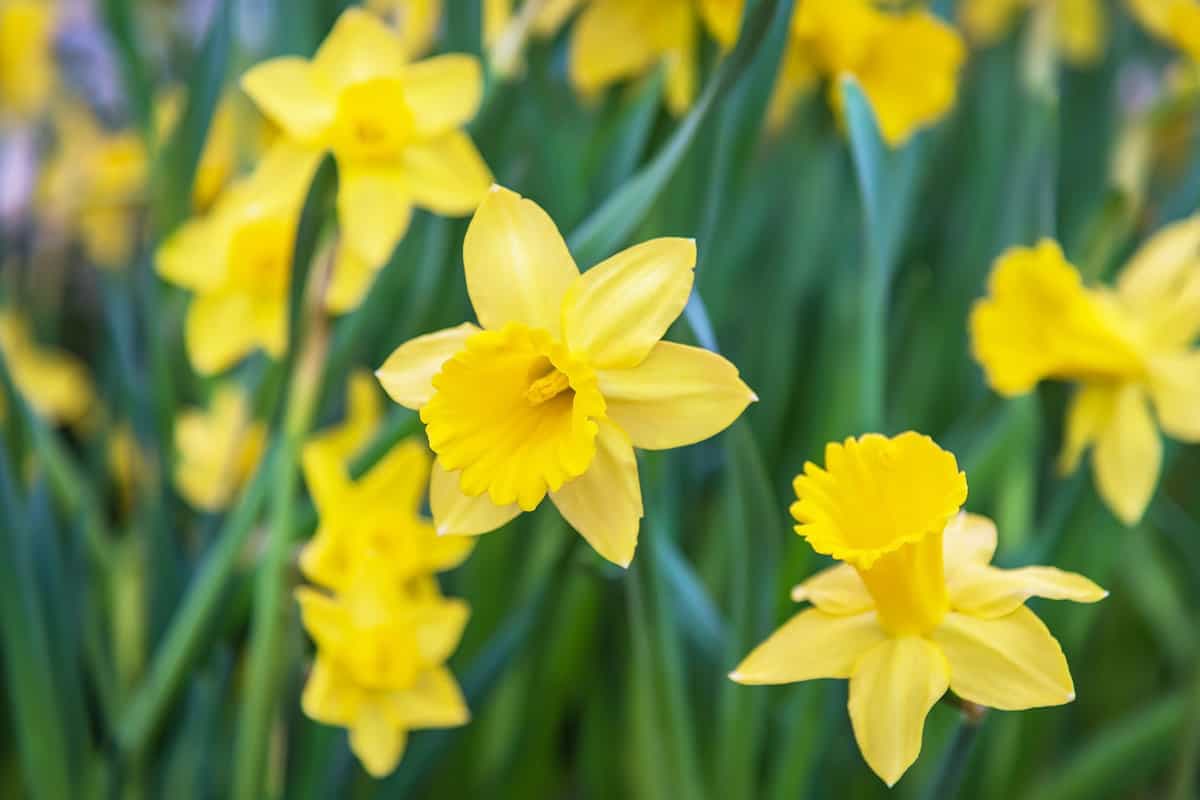
Daffodils are mainly grown to produce cut flowers, bouquets, and decorative ornaments. They are commonly found in garden flower beds, inside homes, and in the vicinity of parks and banquet halls.
Inasmuch as they are not fatal, daffodil exposure can cause vomiting, dehydration, headaches, stomach upset, and even mild convulsions. Pets are more susceptible, especially if they spend considerable time around the flower beds.
Elephant Ears
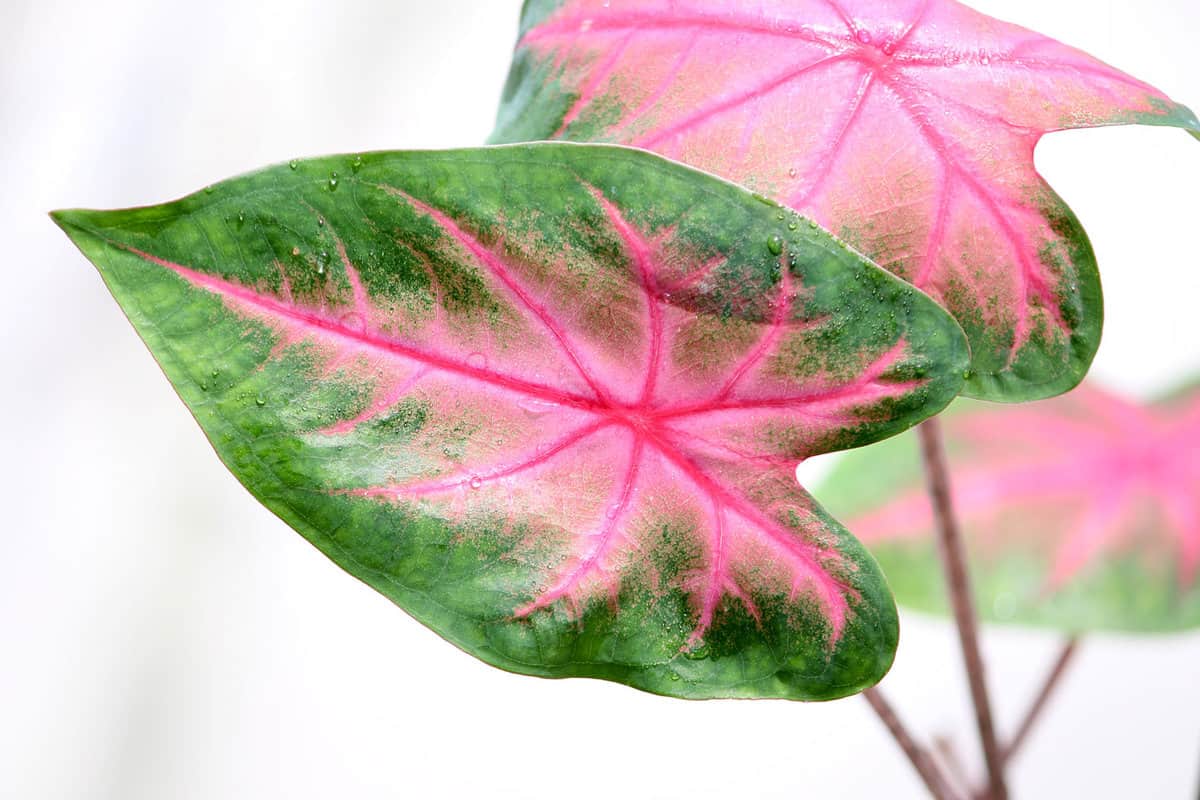
Elephant ears or caladium is another popular plant due to its intricate and unique leaf design and pattern. The large appendages create an attractive backdrop or accent to most yards and garden landscapes.
The plant contains calcium oxalate crystals which lead to an intense burning sensation and swelling when chewed.
Other symptoms include vomiting, nausea, and stomach upset. In extreme cases, the tongue and throat become too inflamed and can cause breathing difficulties and even death.
Lily Of The Valley
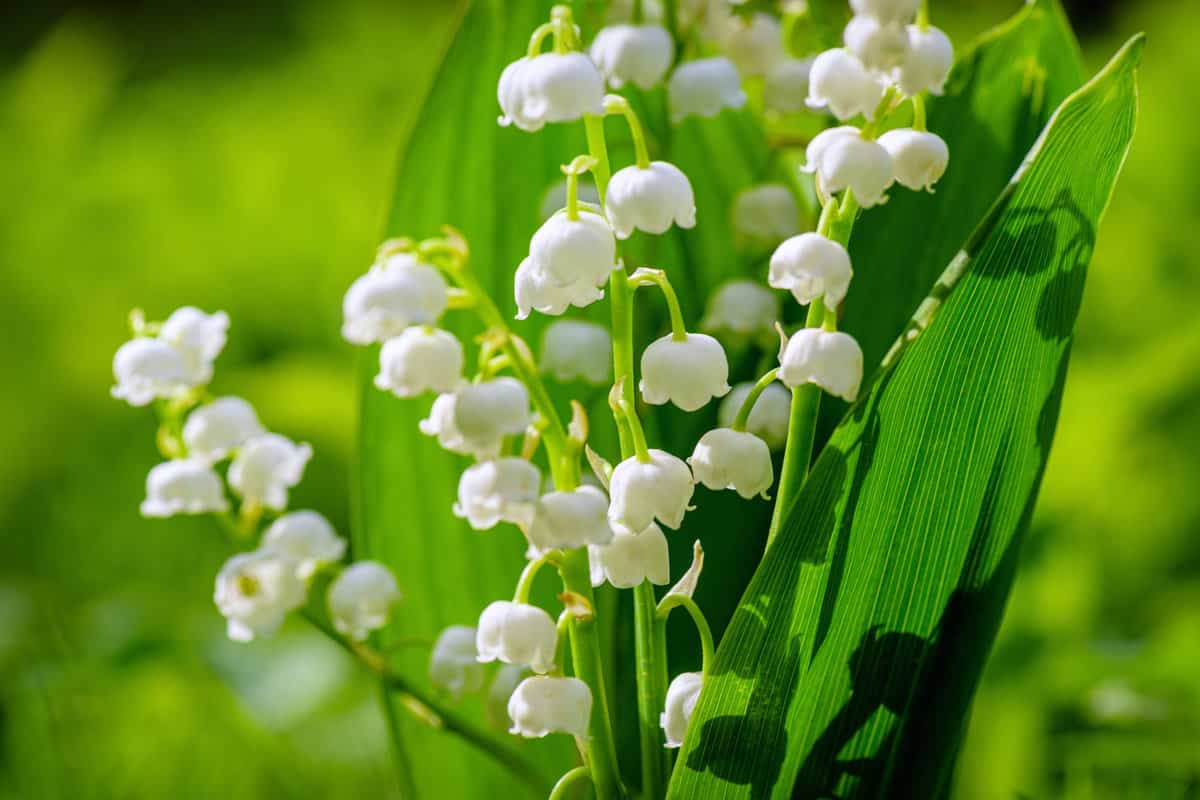
The plant produces fragrant, attractive bell-shaped flowers that bloom in early spring. They grow relatively low and make excellent ground covers or companion plants for trees and landscapes.
The plant contains convallatoxin that initially causes the heart to contract faster, followed by headaches, feelings of confusion, and, at times, hallucinations. Larger doses of any part of the plant may induce coma and even death.
One Final Thought
There are numerous other common garden plants that are mildly toxic but not fatal. It would be a great idea for you to identify all the growing varieties in your home and yard and do some research if they are poisonous or not.
This would give you the option to get rid of harmful plants and take caution in handling less toxic growths. More importantly, you, your family, and your pets get to enjoy the garden with no worries.
In Closing
Medinilla magnifica is an exotic specimen to add to your home or garden, and it is safe to grow around children and pets. While the plant is not considered toxic, there are other growths that you may own that are poisonous to humans and animals. It is best to identify the harmful and dangerous varieties to keep your family safe.
You might also find these topics informative:
My Medinilla Is Dropping Leaves - Why? What To Do?
How Do You Prune & Propagate Medinilla? [Step By Step Guide]




